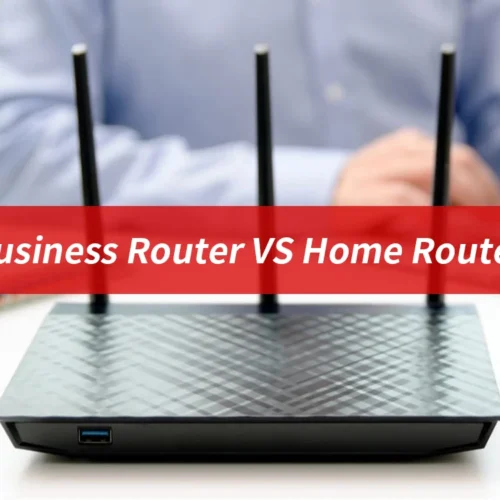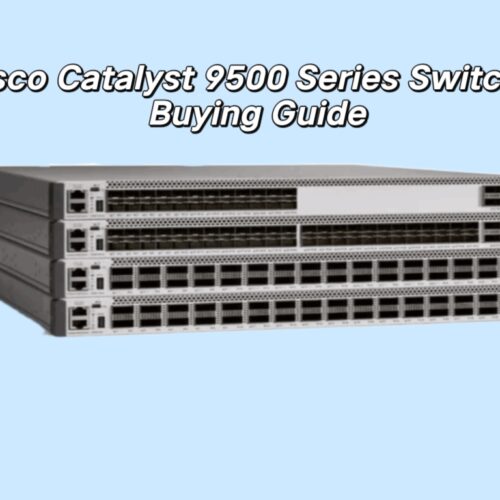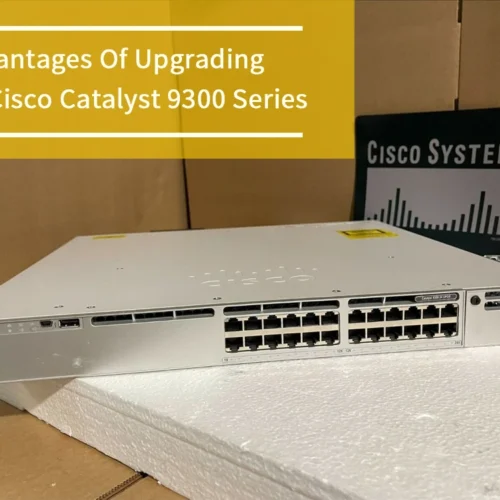Introduction:
You must understand that switches are vital to the proper functioning of any network. For a wide range of network infrastructures and network applications, they can provide unified communications and data center network support. In previous articles, we have focused on the basics of Cisco switches and how to choose the suitable Cisco network switches. But the process won’t be smooth, and you will always encounter problems of one kind or another, especially for those who are new to Cisco switches. For example, what is the difference between layer 2 and layer 3 switches? Understanding this will help you make a more accurate choice. Layer 2 VS layer 3 switches, which is better for you?
What are layer 2 and layer 3 switches?
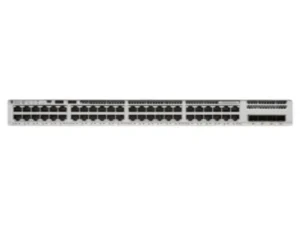
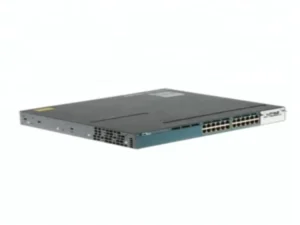
Using Layer 2 and Layer 3 switches, the Open Systems Interconnection (OSI) model is a reference for describing and interpreting network communications. The application layer, presentation layer, session layer, transport layer, network layer, data link layer, and physical layer are the seven layers of the OSI model. The data connection and network layers are referred to as layers 2 and 3, respectively. Layer 2 switches and Layer 3 switches are those that operate in these layers.
What is a layer 2 switch?
Layer 2 switches essentially do nothing more than switch, which means they use the device’s MAC address to reroute packets from a source port to a destination port. By keeping a MAC address database, it keeps track of which ports are given which MAC addresses. The OSI reference model’s layer 2 is where MAC addresses operate. Each device is given a different MAC address, which serves as a simple means of identifying one device from another. It manages LAN traffic using hardware-based switching techniques. Since layer 2 switching only involves sorting MAC addresses at the physical layer, the operation is fairly quick. A Layer 2 switch, in the simplest terms, serves as a bridge between several devices.
- Operating at Layer 2 of the OSI Reference Model is switching.
- It employs MAC addresses to enable communication between devices on the same network.
- One broadcast domain applies to it.
- Only devices connected to the same network can communicate.
- Since Layer 3 of the data packets is not examined, switching at Layer 2 happens relatively quickly.
What is a layer 3 switch?
The difference between a Layer 2 switch and a Layer 3 switch is absolute. At Layer 3, Layer 2 switches cannot route packets. In contrast to Layer 2 switches, Layer 3 employs IP addresses for routing. It is a specialized piece of hardware that routes packets. Switches at the Layer 3 layer can switch quickly and have more ports. They offer better performance than conventional routers and are a significant improvement. Layer 3 switches’ key benefit is that they can transport packets without requiring additional network hops, making them quicker than routers. They do not, however, have some router-specific extra functions. Large businesses frequently employ Layer 3 switches. In essence, a Layer 3 switch is just a fast router that lacks WAN connectivity.
Switches at the Layer 3 level can switch and route.
- Dynamic routing techniques are used to connect various subnets together using IP addresses.
- This domain has numerous broadcasts.
- Devices can talk to each other inside or outside of networks.
- Data packets must first be examined before being sent to their destination, which takes time.
What is the difference between layer 2 and 3 switches? Layer 3 vs layer 2 switch
1. Performing Layer
While Layer 3 switches operate at the network layer, Layer 2 switches operate at the data link layer. Layer 3 switches achieve optimal network performance based on various network conditions in addition to high-speed packet forwarding of data.
2. Concept
When a layer 2 switch gets a data packet from one port, it first reads the source MAC address in the packet, then reads the destination MAC address in the packet, and looks up the associated port in the address table, copying the data packet directly to this port if there is one. One route is exchanged several times according to the Layer 3 switch’s simple idea. It is typically the initial route from source to destination. Exchanges from start to the goal can happen swiftly.
3. Function
The Layer 3 switch combines Layer 2 switching technology with the Layer 3 forwarding function, which implies that the Layer 3 switch is based on the Layer 2 switch. The Layer 2 switch is based on MAC address access, only forwards data, and cannot be configured with an IP address. In addition to the aforementioned, three-layer routing allows for the configuration of IP addresses for several VLANs and the realization of VLAN communication.
4. Application
While Layer 3 switches are mainly used at the network’s core layer, a few Layer 3 switches are used at the network’s aggregation layer, and layer 2 switches are primarily used at the network access layer and aggregation layer.
5. Procedure
Layer 2 switches, like Ethernet switches and Layer 2 switches, enable physical layer and data link layer protocols. While Layer 3 switches support the physical layer, data link layer, and network-layer protocols, this hub HUB performs similar tasks.
6. Speed
Generally speaking, layer 2 switches operate faster than layer 3 switches. In Layer 2 switching, all they do is assign MAC addresses to reroute packets from source ports to destination ports. A Layer 2 switch, on the other hand, needs some time to inspect the packet before determining the optimal path to transfer it to the desired port.
Layer 3 switch VS layer 2 switch, how to select?
Where to apply it should be taken into consideration when choosing between Layer 2 and Layer 3 switches. You can pick a Layer 2 switch if your domain is all Layer 2. Hosts connect to a pure Layer 2 domain, where Layer 2 switches can operate normally. In terms of the network topology, this is frequently referred to as the access layer. If you need switches to aggregate numerous access switches and perform inter-VLAN routing, you must use layer 3 switches. The distribution layer in network topology is what we refer to as this.
Things to consider When buying layer 2 and layer 3 switches
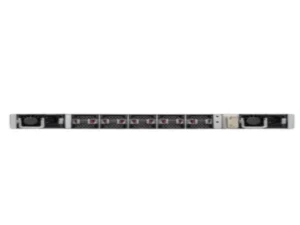
The forwarding rate, backplane bandwidth, number of VLANs, the memory of MAC address, latency, and other important factors should all be considered before purchasing a Layer 2 or Layer 3 switch.
The forwarding capabilities of a backplane are measured by the forwarding rate (or throughput rate) (or switch fabric). We refer to the backplane as non-blocking when the forwarding capacities exceed the full speeds of all ports.
The backplane bandwidth, also known as switch fabric capacity, is the total speed of all ports and is the following parameter. For both the Tx and Rx directions, the absolute rates of all ports are counted twice. Bits per second (bps or bit/s) are the units used to describe backplane bandwidth.
The number of configurable VLANs is another crucial parameter. A Layer 2 switch can typically support 1K = 1024 VLANs, whereas a Layer 3 switch can support 4K = 4096 VLANs. The maximum number of MAC addresses a switch can store is typically given as 8k or 128k. A data transfer’s latency is the temporal delay it experiences. The latency is generally represented in nanoseconds because it must be as brief as feasible (ns).
Conclusion:
Layer 2 VS layer 3 switching has been outlined in this article. In an effort to decide which of these devices to choose, their functions are also compared. Also included are essential metrics for evaluating a Layer 2 or Layer 3 switch. Although a piece of more sophisticated equipment isn’t always better, selecting the one most suitable for your particular purpose is right.


